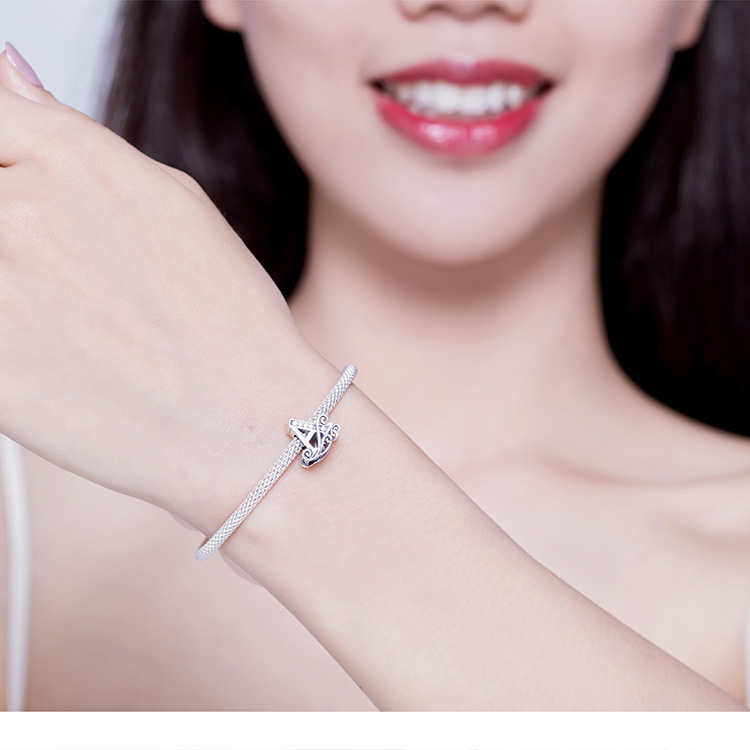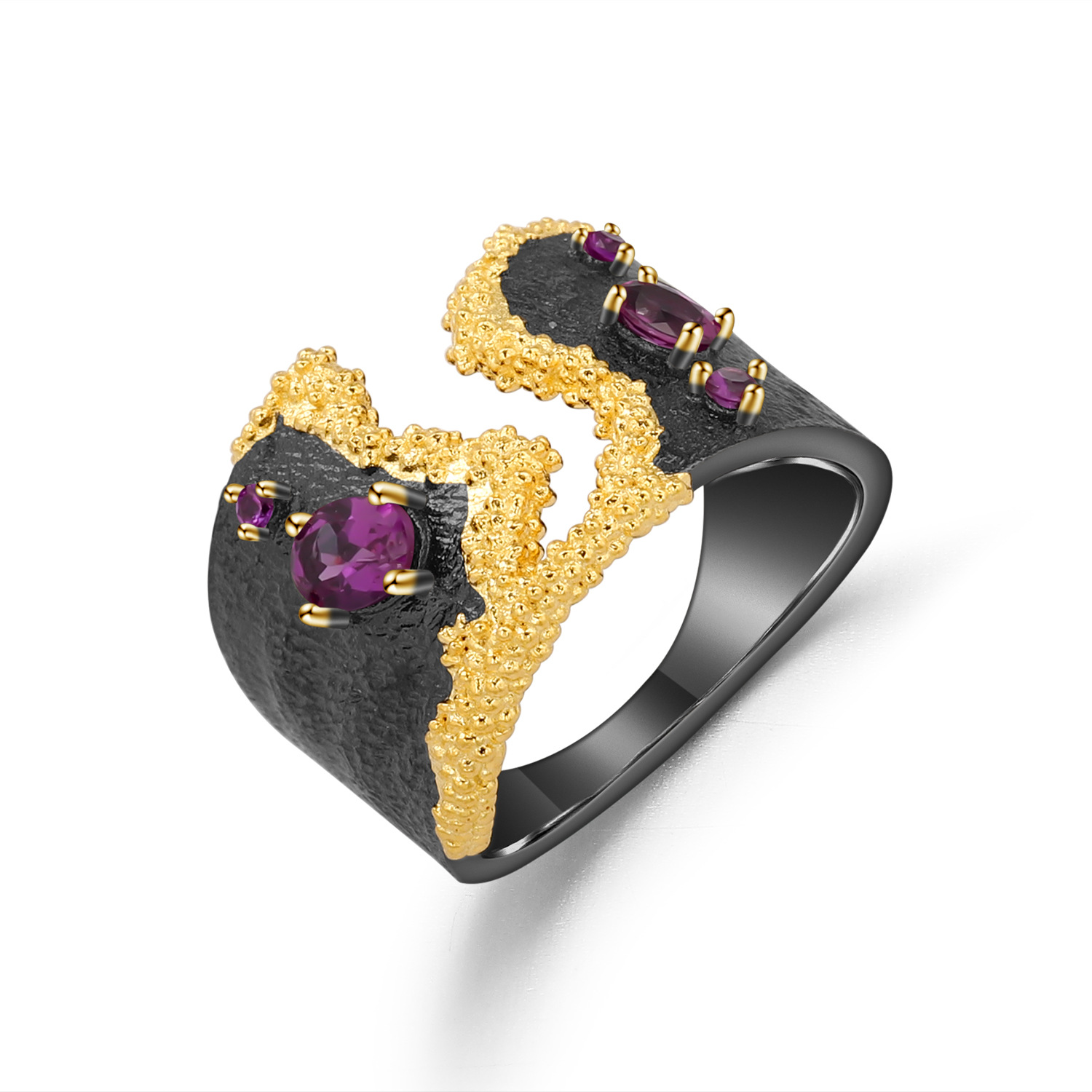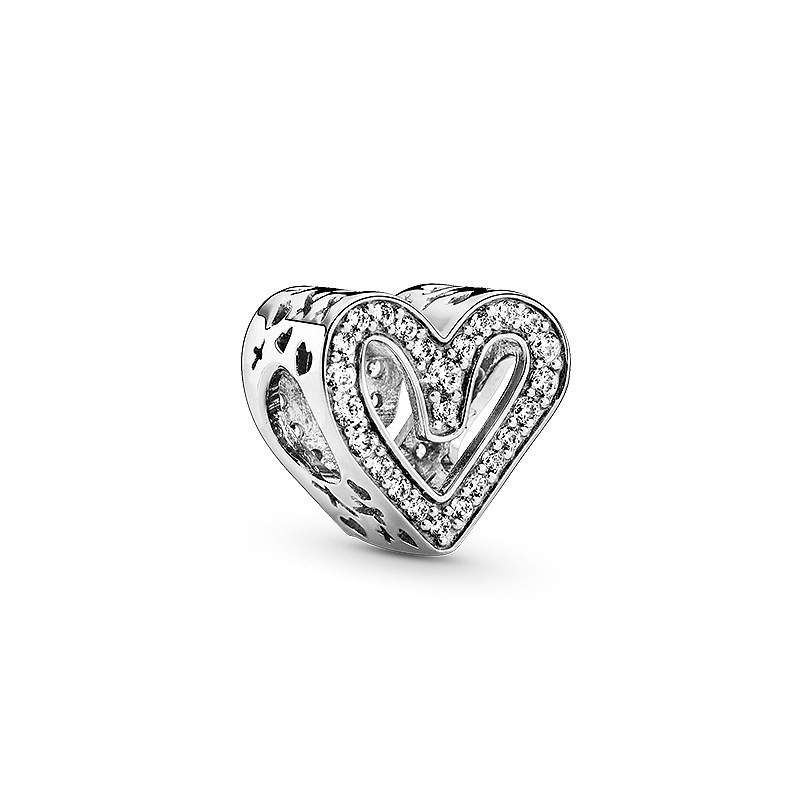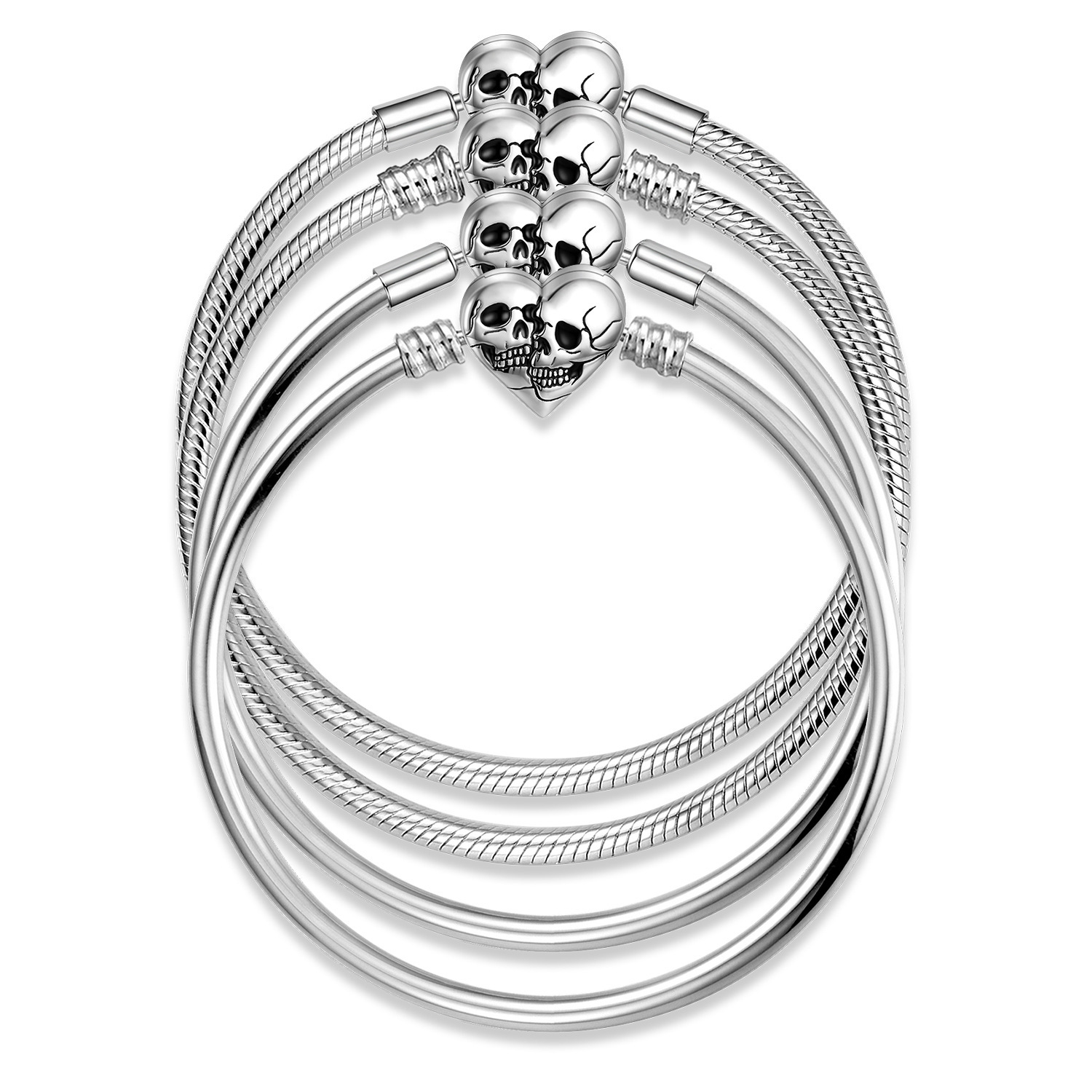What Is The Difference Between Sterling Silver And Regular Silver?
Sterling silver and regular silver are terms often used interchangeably, but they aren’t quite the same. If you’ve ever wondered about the disparities between them, you’re not alone. In this article, we’ll delve into the characteristics, compositions, uses, and more, to uncover the differences between sterling silver and regular silver.
Introduction
Silver, a precious metal admired for its lustrous appearance and versatility, has various forms, with sterling silver and regular silver being two prominent ones. Understanding the disparities between these two types is crucial, especially when it comes to purchasing jewelry or other silver items.
What is Sterling Silver?
Sterling silver is an alloy composed of 92.5% silver and 7.5% of other metals, typically copper. This combination enhances the metal’s strength and durability, making it suitable for crafting jewelry, utensils, and decorative items. The hallmark “925” indicates its purity level, denoting its composition of 92.5% silver.
Composition
The addition of copper to silver in sterling silver serves to increase its hardness and durability while preserving its desirable characteristics, such as its brilliant shine and malleability.
Purity
Sterling silver is renowned for its high purity level of 92.5%, meeting international standards for silver jewelry. This level of purity ensures both quality and durability, making it a popular choice for jewelry crafting.
Durability
Compared to regular silver, sterling silver is more durable due to the presence of copper, which strengthens the alloy and reduces the risk of bending or breaking, ensuring longevity in jewelry pieces.
Tarnishing
While sterling silver is prone to tarnishing over time, regular maintenance can help mitigate this effect. Tarnishing occurs as a natural reaction of silver with elements in the environment, such as sulfur or moisture.
Price
Due to its higher purity and enhanced durability, sterling silver tends to be more expensive than regular silver. However, its quality and longevity often justify the higher price point for those seeking enduring pieces.
What is Regular Silver?
Regular silver, often referred to simply as silver, typically consists of 99.9% pure silver. This form of silver is highly malleable and has a distinct shine, making it suitable for various applications, including jewelry making and industrial uses.
Composition
Regular silver is almost entirely composed of silver atoms, with minimal to no alloying elements added. Its high purity level contributes to its exceptional shine and malleability, making it a preferred choice for intricate jewelry designs.
Purity
Regular silver boasts the highest purity level among silver types, with a minimum of 99.9% silver content. This purity level is ideal for applications requiring the utmost brilliance and reflectivity, such as high-end jewelry and silverware.
Durability
While regular silver is exceptionally malleable and easy to work with, its high purity also renders it relatively soft and prone to bending or scratching compared to sterling silver. Therefore, it may not be as suitable for everyday wear jewelry.
Tarnishing
Like sterling-silver, regular silver is susceptible to tarnishing when exposed to air, moisture, or certain chemicals. However, due to its high purity, it may tarnish more rapidly than sterling silver.
Price
Despite its higher purity, regular silver is often more affordable than sterling silver due to its lower production costs. This makes it a popular choice for those seeking the beauty of silver at a more accessible price point.
Uses
Both sterling-silver and regular silver have diverse applications in jewelry making, decorative arts, and industrial processes. Sterling silver is commonly used for fine jewelry, flatware, and accessories, while regular silver is favored for high-end jewelry pieces and specialized industrial uses where purity is paramount.
Maintenance
Proper maintenance is essential for preserving the beauty and longevity of both sterling silver and regular silver items. Regular cleaning with a soft cloth and non-abrasive silver polish can help remove tarnish and restore shine to these precious metals.
Authentication
Distinguishing between sterling silver and regular silver can be challenging, but there are methods to authenticate each type. Look for hallmarks or stamps indicating purity, such as “925” for sterling silver and “999” for regular-silver. Additionally, reputable jewelers can provide authentication certificates for silver items.
Conclusion
In conclusion, while sterling silver and regular-silver share many characteristics, their compositions and properties set them apart. Sterling silver, with its alloy of 92.5% silver and added metals, offers enhanced durability and versatility, making it a popular choice for jewelry crafting. Regular silver, on the other hand, boasts the highest purity level of 99.9%, ideal for applications requiring maximum brilliance and reflectivity. Understanding these differences can help consumers make informed decisions when purchasing silver items.
FAQs
2 - Does regular silver tarnish more than sterling silver?
Regular silver may tarnish more rapidly than sterling silver due to its higher purity level, which makes it more reactive to environmental factors.
3 - Can I wear sterling silver jewelry every day?
Yes, sterling silver jewelry is durable enough for everyday wear. However, proper maintenance is essential to preserve its appearance and longevity.
4 - Why is regular silver more affordable than sterling silver?
Regular silver is typically more affordable than sterling silver due to lower production costs associated with its higher purity level and minimal alloying elements.
5 - How can I differentiate between sterling silver and regular silver?
Look for hallmarks or stamps indicating purity





Leave A Comment